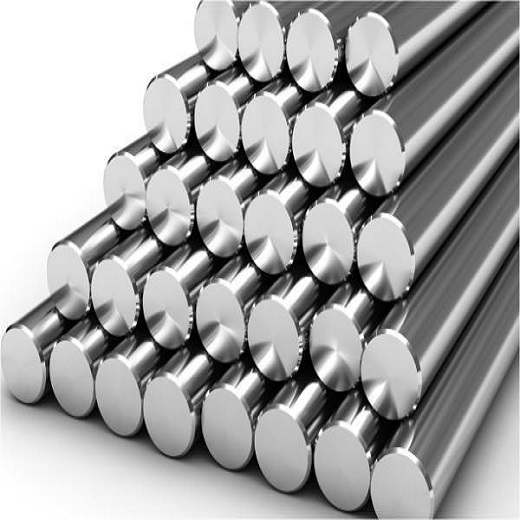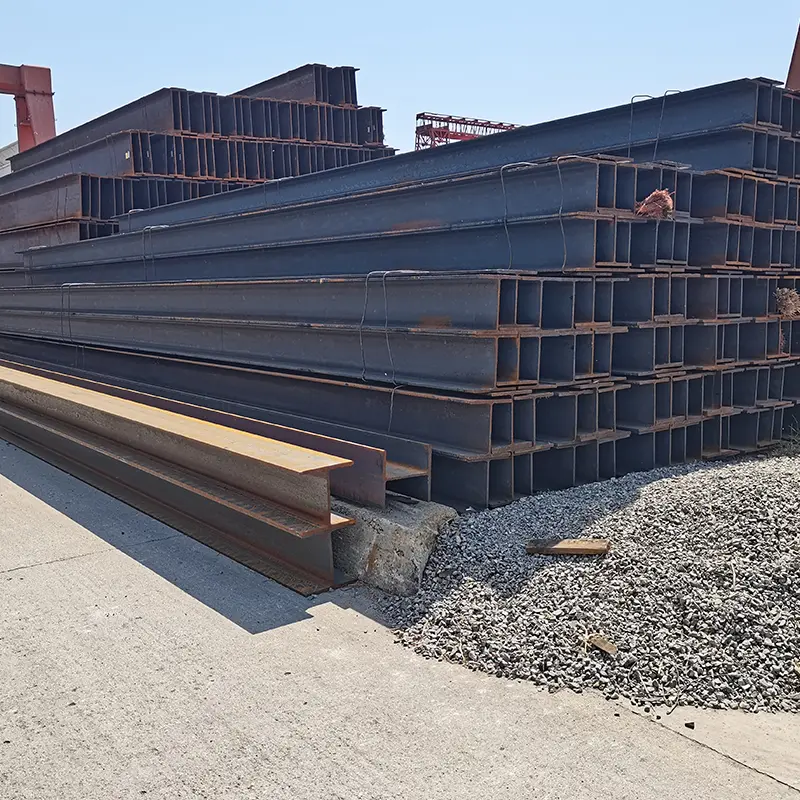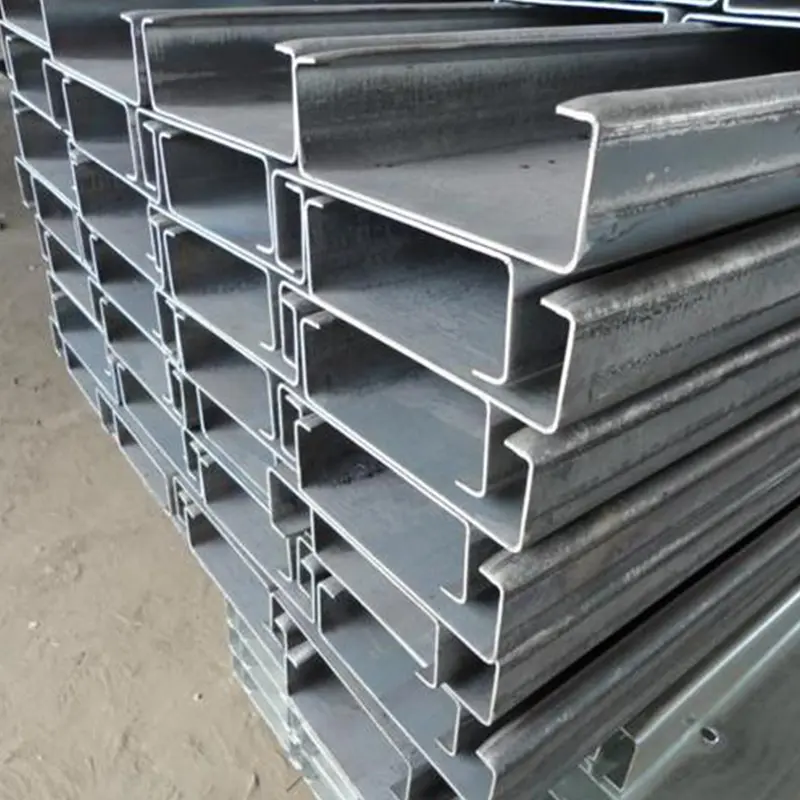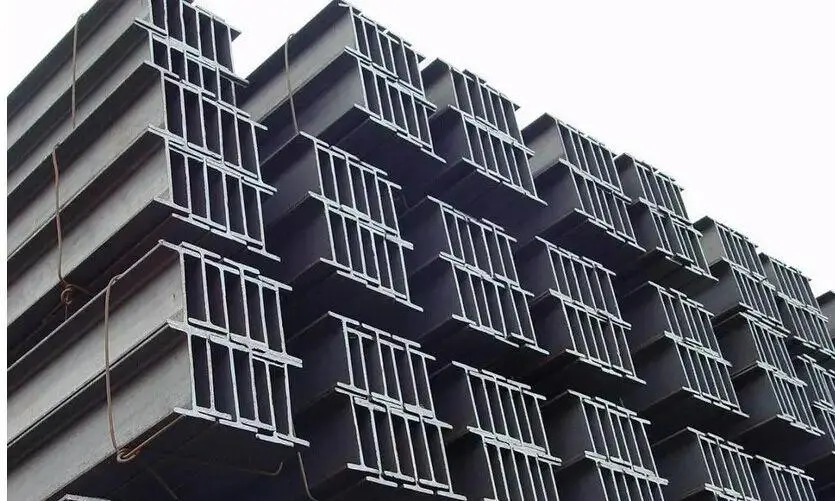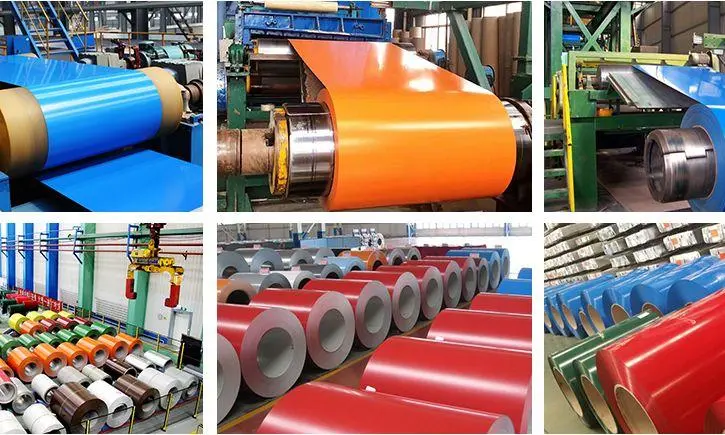Alloy steel element combination
The main alloying elements of alloy steel are silicon, manganese, chromium, nickel, molybdenum, tungsten, vanadium, titanium, niobium, zirconium, cobalt, aluminum, copper, boron, rare earths, etc.
1. Carbon (C): As the carbon content in steel increases, the yield point and tensile strength increase, but the plasticity and impact resistance decrease. When the carbon content exceeds 0.23%, the welding performance of the steel deteriorates, so it is used for welding. Low alloy structural steel, the carbon content generally does not exceed 0.20%. High carbon content will also reduce the atmospheric corrosion resistance of steel, and high-carbon steel in open-air stockyards will easily rust; in addition, carbon can increase the cold brittleness and aging sensitivity of steel.
2. Silicon (Si): Silicon is added as a reducing agent and deoxidizer during the steelmaking process, so killed steel contains 0.15-0.30% silicon. If the silicon content in steel exceeds 0.50-0.60%, silicon is considered an alloying element. Silicon can significantly increase the elastic limit, yield point and tensile strength of steel, so it is widely used in spring steel. Adding 1.0-1.2% silicon to quenched and tempered structural steel can increase the strength by 15-20%. Silicon is combined with molybdenum, tungsten, chromium, etc. to improve corrosion resistance and oxidation resistance, and can be used to make heat-resistant steel. Low carbon steel containing 1-4% silicon has extremely high magnetic permeability and is used in the electrical industry to make silicon steel sheets. Increased silicon content will reduce the welding performance of steel.
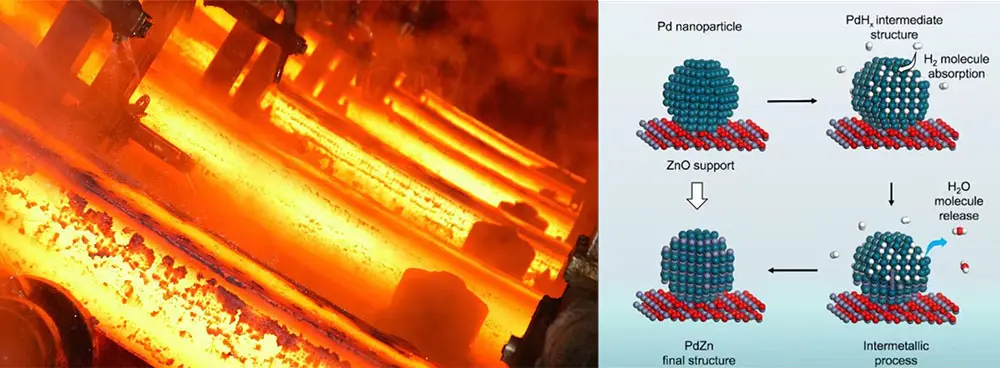
3. Manganese (Mn): In the steelmaking process, manganese is a good deoxidizer and desulfurizer. Generally, steel contains 0.30-0.50% manganese. When more than 0.70% is added to carbon steel, it is called "manganese steel". Steel with a higher amount of steel than ordinary steel not only has sufficient toughness, but also has higher strength and hardness, improves the hardenability of the steel, and improves the hot working performance of the steel. For example, the yield point of 16Mn steel is 40% higher than that of A3. Steel containing 11-14% manganese has extremely high wear resistance and is used in excavator buckets, ball mill linings, etc. Increased manganese content weakens the corrosion resistance of steel and reduces welding performance.
4. Phosphorus (P): Under normal circumstances, phosphorus is a harmful element in steel, which increases the cold brittleness of steel, worsens welding performance, reduces plasticity, and worsens cold bending performance. Therefore, the phosphorus content in steel is usually required to be less than 0.045%, and the requirement for high-quality steel is even lower.
5. Sulfur (S): Sulfur is also a harmful element under normal circumstances. It causes the steel to become hot brittle, reduces its ductility and toughness, and causes cracks during forging and rolling. Sulfur is also detrimental to welding performance, reducing corrosion resistance. Therefore, the sulfur content is usually required to be less than 0.055%, and high-quality steel is required to be less than 0.040%. Adding 0.08-0.20% sulfur to steel can improve the machinability and is usually called free-cutting steel.
6. Chromium (Cr): In structural steel and tool steel, chromium can significantly improve strength, hardness and wear resistance, but at the same time reduce plasticity and toughness. Chromium can also improve the oxidation resistance and corrosion resistance of steel, so it is an important alloy element of stainless steel and heat-resistant steel.
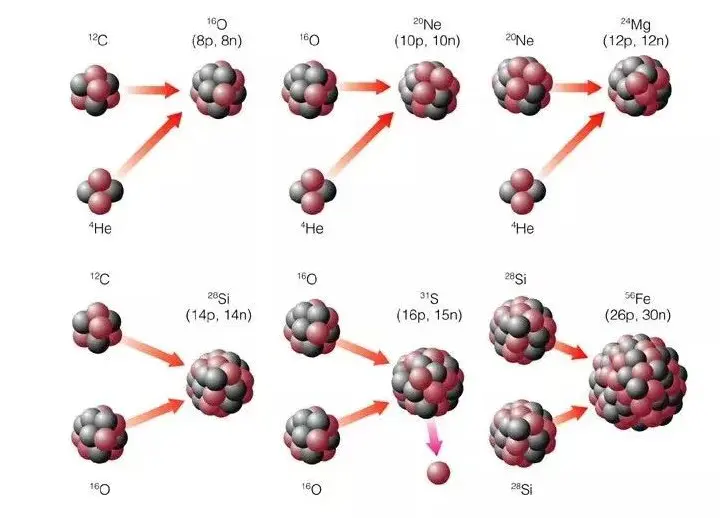
7. Nickel (Ni): Nickel can improve the strength of steel while maintaining good plasticity and toughness. Nickel has high corrosion resistance to acids and alkalis, and has anti-rust and heat resistance at high temperatures. However, since nickel is a scarce resource, other alloying elements should be used instead of nickel-chromium steel.
8. Molybdenum (Mo): Molybdenum can refine the grains of steel, improve hardenability and thermal strength properties, and maintain sufficient strength and creep resistance at high temperatures (long-term stress at high temperatures will cause deformation, which is called creep). Adding molybdenum to structural steel can improve mechanical properties. It can also suppress the brittleness of alloy steel caused by quenching. In tool steel, the redness can be improved.
9. Titanium (Ti): Titanium is a strong deoxidizer in steel. It can make the internal structure of steel dense and refine the grain force; reduce aging sensitivity and cold brittleness. Improve welding performance. Adding appropriate titanium to chromium 18 nickel 9 austenitic stainless steel can avoid intergranular corrosion.
10. Vanadium (V): Vanadium is an excellent deoxidizer for steel. Adding 0.5% vanadium to steel can refine the structure grains and improve strength and toughness. The carbide formed by vanadium and carbon can improve hydrogen corrosion resistance under high temperature and pressure.
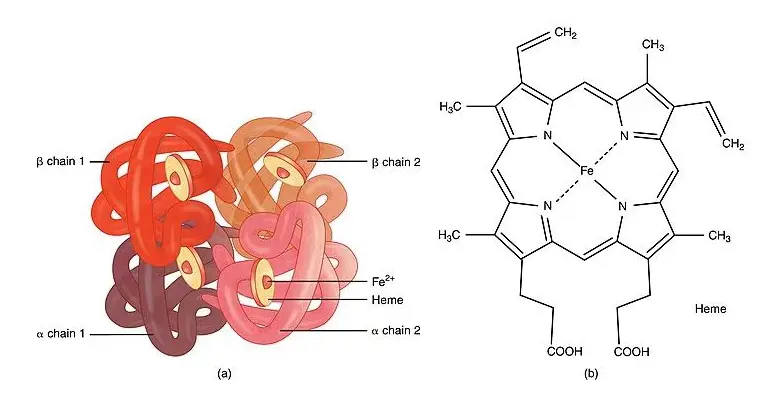
11. Tungsten (W): Tungsten has a high melting point and a large specific gravity. It is an alloy element of your life. Tungsten and carbon form tungsten carbide, which has high hardness and wear resistance. Adding tungsten to tool steel can significantly improve the red hardness and thermal strength and is used as cutting tools and forging dies.
12. Niobium (Nb): Niobium can refine the grains, reduce the overheating sensitivity and temper brittleness of steel, and increase the strength, but the plasticity and toughness are reduced. Adding niobium to ordinary low alloy steel can improve its resistance to atmospheric corrosion and hydrogen, nitrogen, and ammonia corrosion at high temperatures. Niobium improves welding properties. Adding niobium to austenitic stainless steel can prevent intergranular corrosion.
13. Cobalt (Co): Cobalt is a rare precious metal, mostly used in special steels and alloys, such as heat-strength steels and magnetic materials.
14. Copper (Cu): The steel made by Wuhan Iron and Steel Co., Ltd. from Daye ore often contains copper. Copper can improve strength and toughness, especially atmospheric corrosion resistance. The disadvantage is that it is prone to thermal brittleness during hot processing, and the plasticity is significantly reduced when the copper content exceeds 0.5%. When the copper content is less than 0.50%, it has no effect on weldability.
15. Aluminum (Al): Aluminum is a commonly used deoxidizer in steel. Adding a small amount of aluminum to steel can refine the grains and improve impact toughness, such as 08Al steel for deep drawing thin plates. Aluminum also has anti-oxidation and anti-corrosion properties. The combination of aluminum, chromium and silicon can significantly improve the high-temperature peeling performance and high-temperature corrosion resistance of steel. The disadvantage of aluminum is that it affects the hot processing performance, welding performance and cutting performance of steel.
16. Boron (B): Adding a trace amount of boron to steel can improve the density and hot-rolling properties of the steel and increase its strength.
17. Nitrogen (N): Nitrogen can improve the strength, low-temperature toughness and weldability of steel, and increase aging sensitivity.
18. Rare earth (Xt): Rare earth elements refer to the 15 lanthanide elements with atomic numbers 57-71 in the periodic table. These elements are all metals, but their oxides are very similar to "earth", so they are customarily called rare earths. Adding rare earths to steel can change the composition, shape, distribution and properties of inclusions in the steel, thereby improving various properties of the steel, such as toughness, weldability, and cold working properties. Adding rare earths to plowshare steel can improve wear resistance.
If you have any unclear questions, you can contact the sales staff of Tezhong Materials for consultation at any time.











